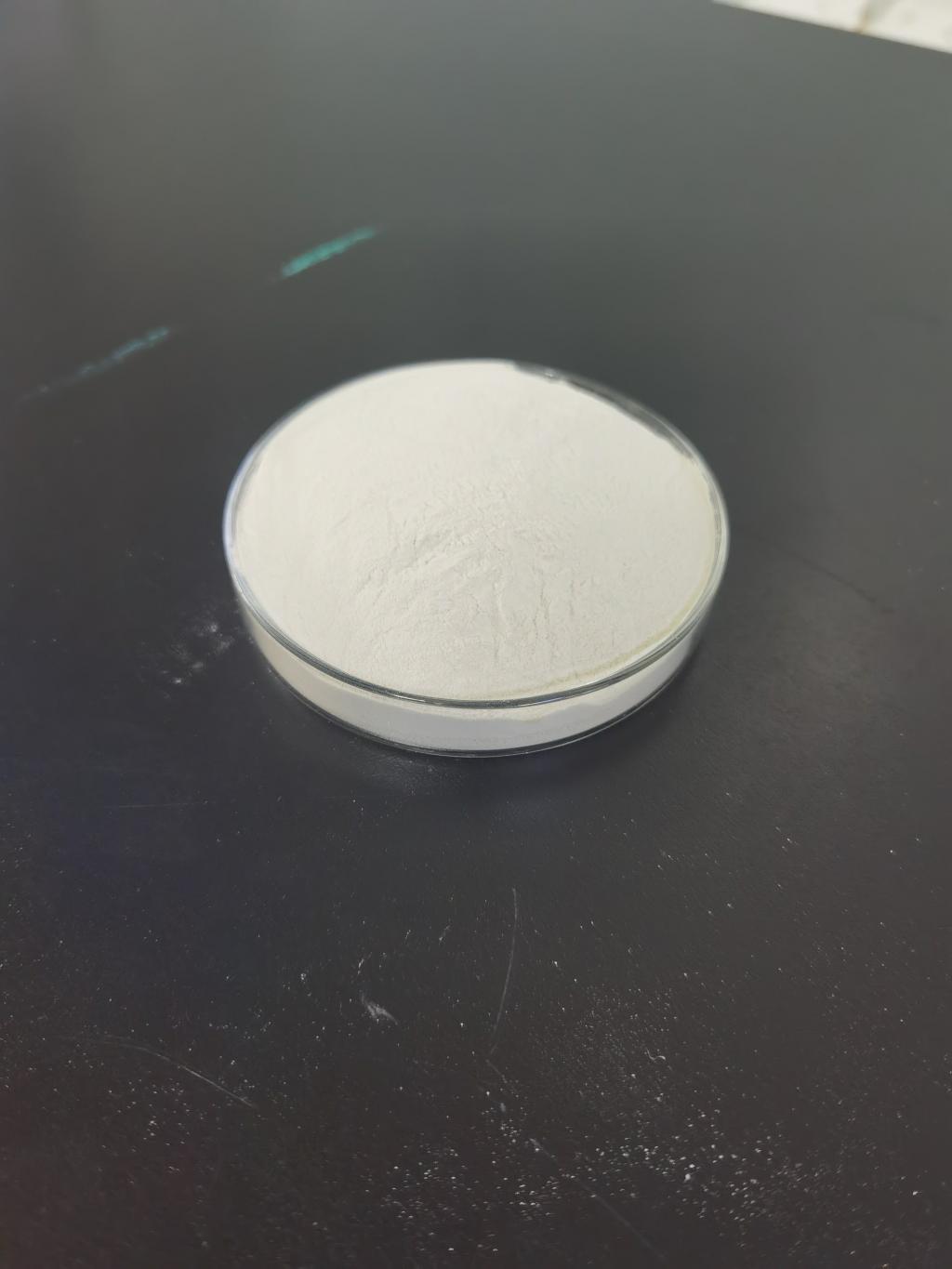Tel:+8618231198596

News
 CONTACT
CONTACT
 CONTACT
CONTACT
- Linkman:Linda Yao
- Tel: +8618231198596
- Email:linda.yao@dcpharma.cn
- Linkman:CHARLES.WANG
- Department:Overseas
- Tel: 0086 0311-85537378 0086 0311-85539701
News
Current Position:
Home >
News
>Nisin in Space: Ensuring Food Safety for Future Extraterrestrial Exploration
Nisin in Space: Ensuring Food Safety for Future Extraterrestrial Exploration
TIME:2024-01-25
The Challenges of Space Food Preservation:
Space missions, whether to the Moon, Mars, or beyond, require careful planning to provide astronauts with nutritious and safe food. However, the unique conditions of space, such as microgravity, radiation exposure, and limited resources, pose significant challenges for food preservation. Traditional methods of food preservation, such as refrigeration, may not be feasible in the confines of a spacecraft or extraterrestrial habitats.
Nisin: A Natural Antimicrobial Solution:
Nisin, a naturally occurring antimicrobial peptide produced by certain bacteria, has long been recognized for its ability to inhibit the growth of bacteria, particularly Gram-positive strains. Its safety for human consumption and effectiveness in controlling microbial contamination make it an attractive candidate for ensuring the safety of food during space missions.
a. Mechanism of Action: Nisin acts by disrupting bacterial cell membranes, leading to the inhibition of bacterial growth. Its specificity for Gram-positive bacteria makes it a targeted and efficient antimicrobial agent.
b. Stability: Nisin exhibits stability under a range of conditions, including temperature variations. This characteristic is crucial for its potential use in space, where extreme temperatures may be encountered.
c. Natural Origin: The fact that Nisin is a naturally occurring substance adds to its appeal. As space agencies increasingly focus on sustainable and natural solutions, Nisin aligns well with these principles.
Space-Compatible Packaging:
In addition to the antimicrobial properties of Nisin, the packaging of space food plays a pivotal role in ensuring its safety and shelf life. Incorporating Nisin into space-compatible packaging materials could offer a dual-layered approach to food preservation.
a. Controlled Release Systems: Researchers are exploring controlled release systems that gradually release Nisin over time. This innovation could extend the antimicrobial protection of packaged foods, particularly those with longer shelf lives.
b. Integration with Existing Packaging Technologies: Nisin can be integrated into existing space food packaging technologies, enhancing their effectiveness in preventing microbial contamination. This adaptability is crucial for seamless implementation in ongoing and future space missions.
Research and Development Initiatives:
The potential use of Nisin in space food preservation has sparked interest in research and development initiatives. Collaborations between space agencies, food scientists, and microbiologists aim to optimize the application of Nisin for space missions. Key areas of focus include:
a. Compatibility Testing: Researchers are conducting extensive testing to ensure the compatibility of Nisin with various food types commonly consumed by astronauts. This includes assessing sensory attributes and nutritional quality.
b. Long-Term Stability Studies: Given the extended duration of space missions, the long-term stability of Nisin in space conditions is a critical aspect of ongoing research. Understanding how Nisin performs over time is essential for its practical application.
c. Microgravity Studies: Investigating the behavior of Nisin in microgravity environments is crucial for predicting its efficacy during space travel. Conducting experiments aboard the International Space Station (ISS) provides valuable insights into the potential challenges and advantages of using Nisin in space.
Regulatory Considerations:
Introducing a novel ingredient like Nisin into space food involves navigating regulatory frameworks to ensure compliance with safety standards. Collaboration between space agencies and regulatory authorities is essential to establish guidelines for the use of Nisin in space food and address any potential concerns.
a. International Collaboration: Given the collaborative nature of space exploration, international cooperation is crucial for developing unified regulatory standards for space food ingredients.
b. Safety Assessments: Regulatory bodies will likely require thorough safety assessments of Nisin for space applications. This includes evaluating potential interactions with other components of space food and any implications for astronaut health.
Future Prospects and Considerations:
The integration of Nisin into space food represents a promising avenue for addressing food safety challenges in extraterrestrial exploration. However, several considerations and challenges must be acknowledged:
a. Nutritional Impact: Research must assess the nutritional impact of incorporating Nisin into space food. Ensuring that the antimicrobial benefits do not compromise the nutritional content of the food is crucial.
b. Multifunctional Approaches: Combining Nisin with other antimicrobial strategies or innovative food preservation technologies may enhance overall food safety in space.
c. Ethical and Cultural Considerations: As space exploration advances, ethical and cultural considerations related to food choices and preservation methods for astronauts must be taken into account.
Conclusion:
Nisin's potential role in safeguarding food safety during space exploration opens new horizons for the integration of natural antimicrobial solutions into the challenges of extraterrestrial living. As research and development efforts continue, the collaboration between space agencies, scientists, and regulatory bodies will be instrumental in shaping the future of space food technology. Nisin stands as a testament to the adaptability of natural solutions in addressing the unique demands of space travel, ensuring that future astronauts can embark on their missions with confidence in the safety and quality of their sustenance.
- Tel:+8618231198596
- Whatsapp:18231198596
- Chat With Skype







